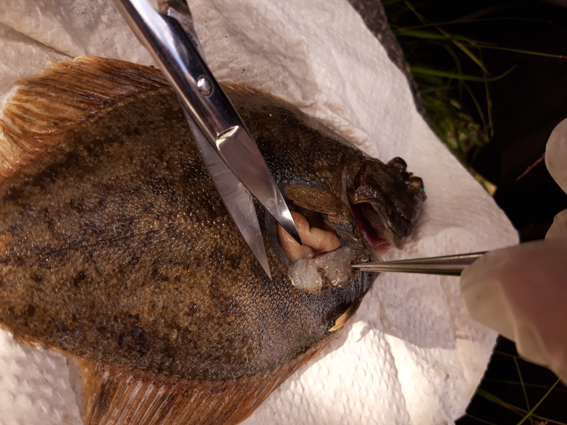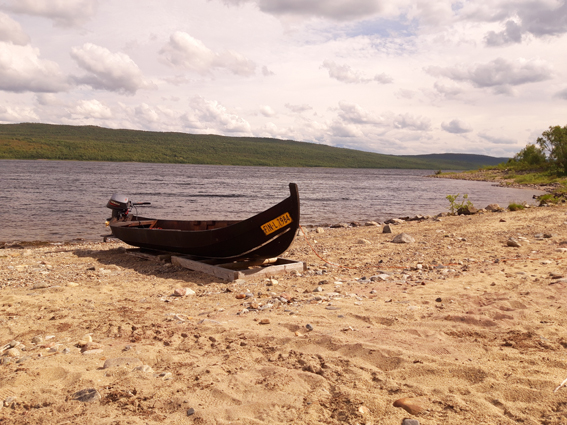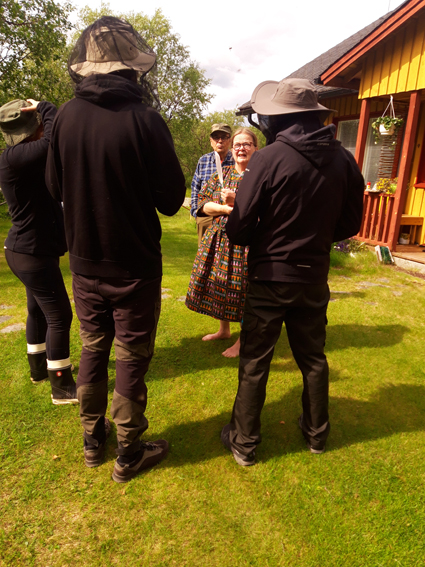- Fotogalerie:
- Foto:
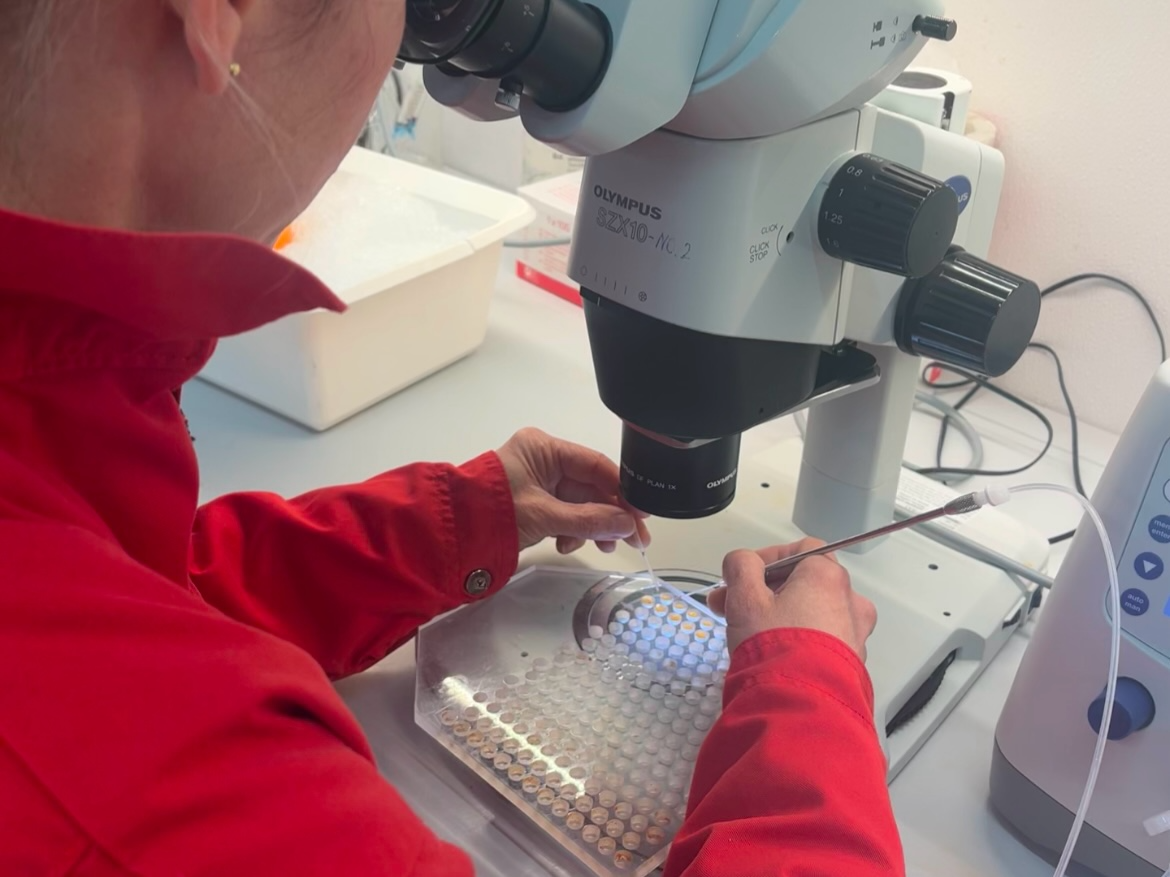
- Foto:
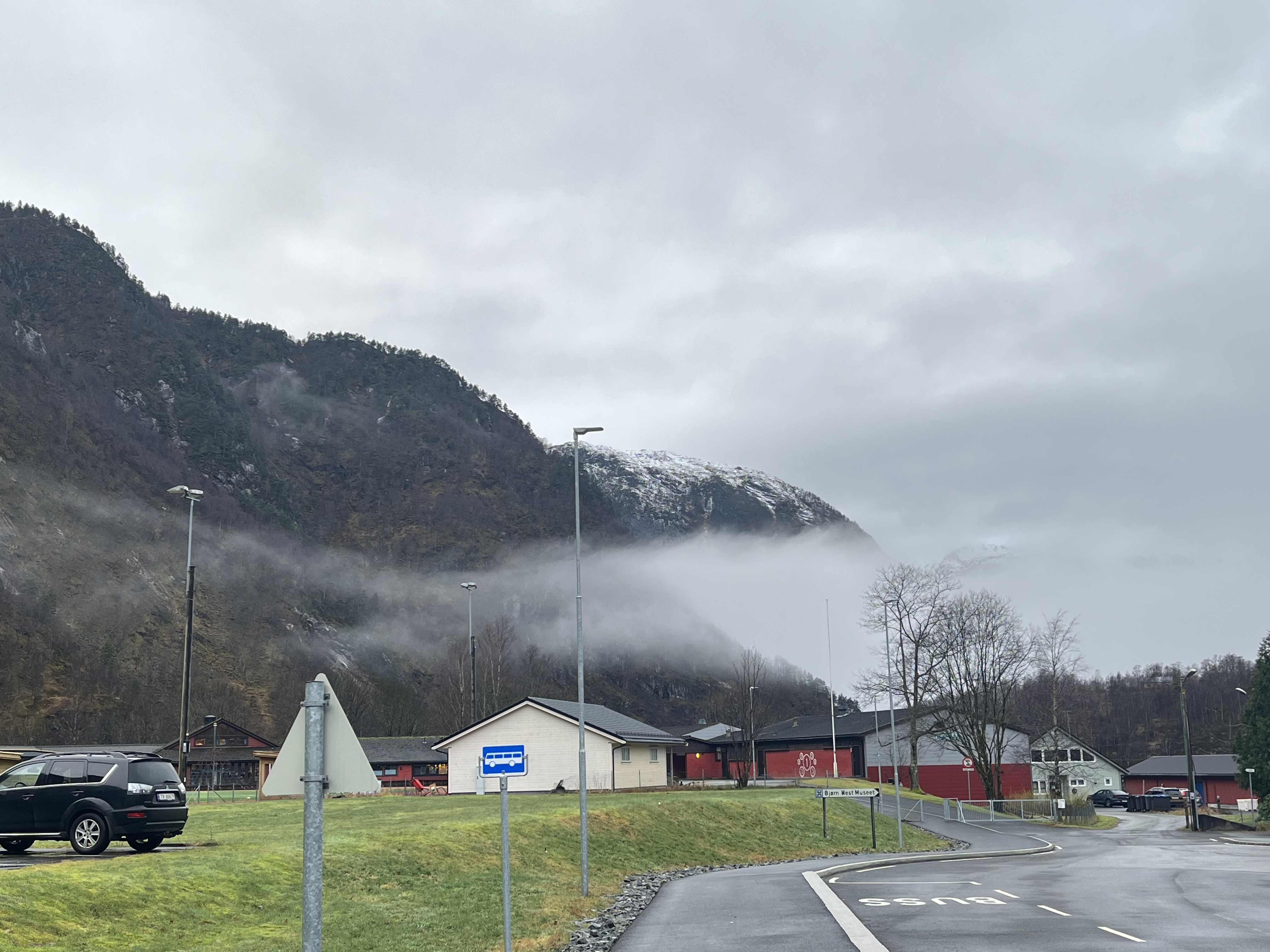
From 2ndDecember to the 20th December 2024, I conducted a business trip to the Institute of Marine Research (IMR, Havforskningsinstituttet) in Bergen, Norway. The purpose of this trip was to study the effects of various wavelengths of visible light on the early embryonic development of Atlantic salmon.
IMR provided access to extensive Atlantic salmon resources, along with a well-equipped research environment. The supportive and collaborative colleagues further enriched the experience and facilitated the experiment.
On 27.-30.5. 2024 FROV JU staff T. Randák, P. Lepič, and M. Šindler visited long-term monitored sites in the Belá river basin in Slovakia as part of the LIFE "Living Rivers" project. Several coordination meetings occurred with subjects and colleagues involved in the project solution during the visit. Issues of removing or rebuilding migration barriers on the stream were discussed, current fisheries management was consulted, and autumn activities related to the continuation of the project were planned. There was also a visit to selected stream localities connected with recapturing fish tagged last year.
Through the Erasmus+ mobility funding program, I engaged in several training activities at Aquaforum, School of Agricultural, Forest, and Food Sciences at Bern University of Applied Sciences, Switzerland, and at Aquaforum's partners in Switzerland.
I participated in gene expression analysis procedures for fish. I enhanced my fish and shrimp farming expertise within land-based aquaculture facilities in Switzerland, including Swiss Lachs AG in Lostallo, LocalFish AG in Rafz, and SwissShrimp GmbH in Rheinfelden. Additionally, I expanded my knowledge of insect farming for animal feed at Eawag: Swiss Federal Institute of Aquatic Science and Technology in Dübendorf, and of fish trials at the experimental fish facility at the Research Institute of Organic Agriculture FiBL in Frick.
The 35th Annual Meeting of the Society of Environmental Toxicology and Chemistry (SETAC) Europe was held in Vienna, Austria, from May 11 to 15, 2025. This conference provided a valuable platform for environmental scientists to present and discuss recent developments in the field. Vladimír Žlábek and Ganna Fedorova contributed with two poster presentations titled “Crayfish Behavior in the Shadow of Bioaccumulation of Ionizable and Neutral Pharmaceuticals” and “From Brain to Sperm: How Psychoactive Drugs Can Affect Fish Reproduction.” In addition to presenting research, Prof. Žlábek also served as a session chair, further contributing to the scientific program.
We were pleased to participate in discussions on pressing environmental issues, reconnect with international collaborators, and establish new professional contacts. We gratefully acknowledge the Czech Science Foundation and CENAKVA for their financial support of this trip.
On 14th March 2025 we participated in the fourth Workshop within the bilateral project BYCZ-SPF00088 Fish Welfare Education - Knowledge Transfer and Innovation in Fisheries Science, which is supported by the Small Project Fund of the Interreg Bavaria-Czech Republic Programme. The workshop programme was this time focused on the issue of fish welfare in pre-spawning preparation and selection of broodstock. The fish on which the issues were demonstrated was the grayling (Thymallus thymallus), which usually spawns in mid-April. The Czech side presented suitable methods for assessing the quality of gametes under hatchery operating conditions. In the afternoon, there was a practical demonstration of manipulation of brood fish, their sexing and assessment of their readiness for spawning.

On 21 May 2024 we participated in the first Workshop within the new bilateral project BYCZ-SPF00088 Fish Welfare Education - Přenos znalostí a inovace v rybářských vědních oborech, which is supported by the Small Projects Fund of the Interreg Bayern-Czech Republic programme. The programme of the workshop was focused on the anaesthesia of salmonids (BY partner) and the use of fish body photography for fish quality assessment (CZ partner). The introductory theoretical part was followed by a practical demonstration of both discussed activities.
Ing. Ján Regenda, Ph.D., MSc. Niksirat Hashjin Hamid, Ph.D., MSc. Thora Lieke, Dr. rer. nat.

On 9th November 2024 I attended the meeting after the preparation of the project application for the creation of ESFRI in the field of livestock breeding. Based on the meeting, a consortium called GenoPHEnix – a research infrastructure to deliver a consolidated vision for farmed animal science in Europe was created. The goal is to submit a project proposal where the faculty will be involved in data management activities, application of modern technologies or analysis of the influence and impact of infrastructures on the environment.
This is a strategic project that would allow the faculty involved in other EU challenges to offer paid services in the future.
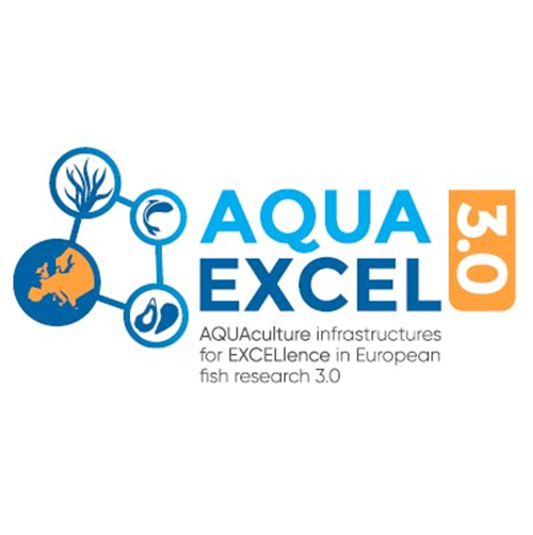
From 20–24 October 2025, I participated in a professional training programme organized by CZELO, focused on international higher education. The aim of the training was to strengthen the professional competencies of all seven participants and to provide up-to-date information on the development of European policies in the field of higher education, particularly in relation to the European University Alliances and the potential direction of the Erasmus+ programme after 2027.
The programme also included meetings with representatives of other national liaison offices within the IGLO network, which allowed us to exchange experience, establish new professional contacts, and gain insights into current trends in international cooperation. The training further comprised visits to local universities and educational institutions.
A key outcome of the stay was the establishment of contact with Vrije Universiteit Brussel, which expressed interest in long-term cooperation. In the upcoming period, we will therefore initiate the process of concluding an inter-institutional agreement within the Erasmus+ programme.
- Fotogalerie:
- Foto:
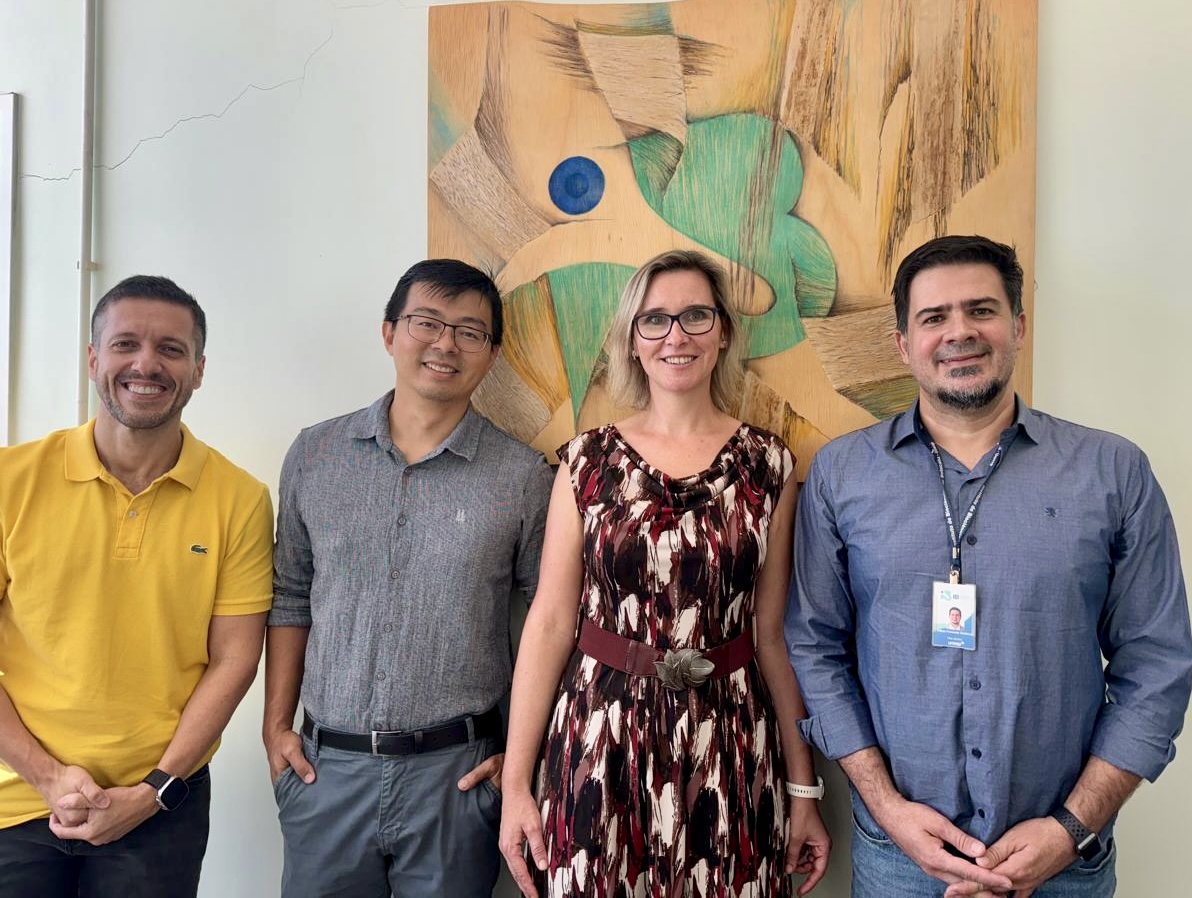
On 20 – 24 May 2024 I visited the São Paulo State University (UNESP), as part of the ERASMUS+ mobility and with support from the University of South Bohemia. I met staff from three Faculties (the coordinators of international relations) and a colleague from the University Department of International Relations. We exchanged experience and good practice, I was shown around the faculties, and we also discussed possible contracts between our faculties or between universities.
As a employee of the University of South Bohemia’s part of the Faculty of Fisheries and Protection of Waters, Ismael Soto had the privilege of attending and presenting at the International Conference on Aquatic Invasive Species (ICAIS) from May 12 – 16, 2024 in Halifax, Nova Scotia, Canada. This conference represents a cornerstone for global dialogue on the ecological, social, and economic impacts of aquatic invasive species. My participation was represented on two main topics.
- The Faunal Ponto-Caspianization of Western European Waterways: I delved into the spread of Ponto-Caspian species into Western European waterways. I discussed the vectors of this invasion, its ecological ramifications, and the necessary strategies for management and mitigation.
- DOSI Schema: Taming the Terminological Tempest: My second topic addressed the often-overlooked issue of inconsistent terminology in our field. The DOSI schema, a framework proposes a standardized terminological approach to enhance clarity and facilitate better communication among researchers and policymakers.
Members of the Laboratory of Physiology of Reproduction, Sergii Boryshpolets, Borys Dzyuba, and Vitaliy Kholodnyy, recently undertook a field expedition to Finland to work with unique populations of European flounder (June, 30 - July, 11, 2024). This expedition was made possible thanks to the support of Erasmus+ and the Faculty of Fisheries and Protection of Waters.
The primary objective of this expedition was to study the European flounder in freshwater lakes and estuaries in North Finland and Norway. Our focus was on understanding the reproductive mechanisms of this species, particularly their adaptation to reproduce in different salinities, which sets the European flounder apart from many other marine species. There is intriguing information suggesting that some populations of flounder in Lapland, particularly in North Finland, might reside in freshwater lakes and even reproduce there. This presents a fascinating and challenging issue for scientific investigation related to the adaptability and functioning of gametes in different environments.
During the expedition, our team engaged in several key activities, including an overview of the local environment, sample collection, and ecological data recording in the fish's natural habitat. Additionally, we had the opportunity to meet with local fishermen, discussing the unique biology and populations of the flounders inhabiting different localities and gaining valuable insights into our research. An essential aspect of this expedition was networking with fellow researchers and experts in marine biology and conservation. This allowed us to engage in hands-on research and establish professional relationships crucial for future collaborations.
Through the Erasmus+ mobility funding program, I participated in a visit to the University of Jyväskylä from May 6th to 10th, 2024. My primary objective was to enhance my knowledge of stable isotope analysis. Additionally, I had productive discussions with colleagues regarding compound-specific isotope analysis.
Hung Quang Tran
- Fotogalerie:
- Foto:
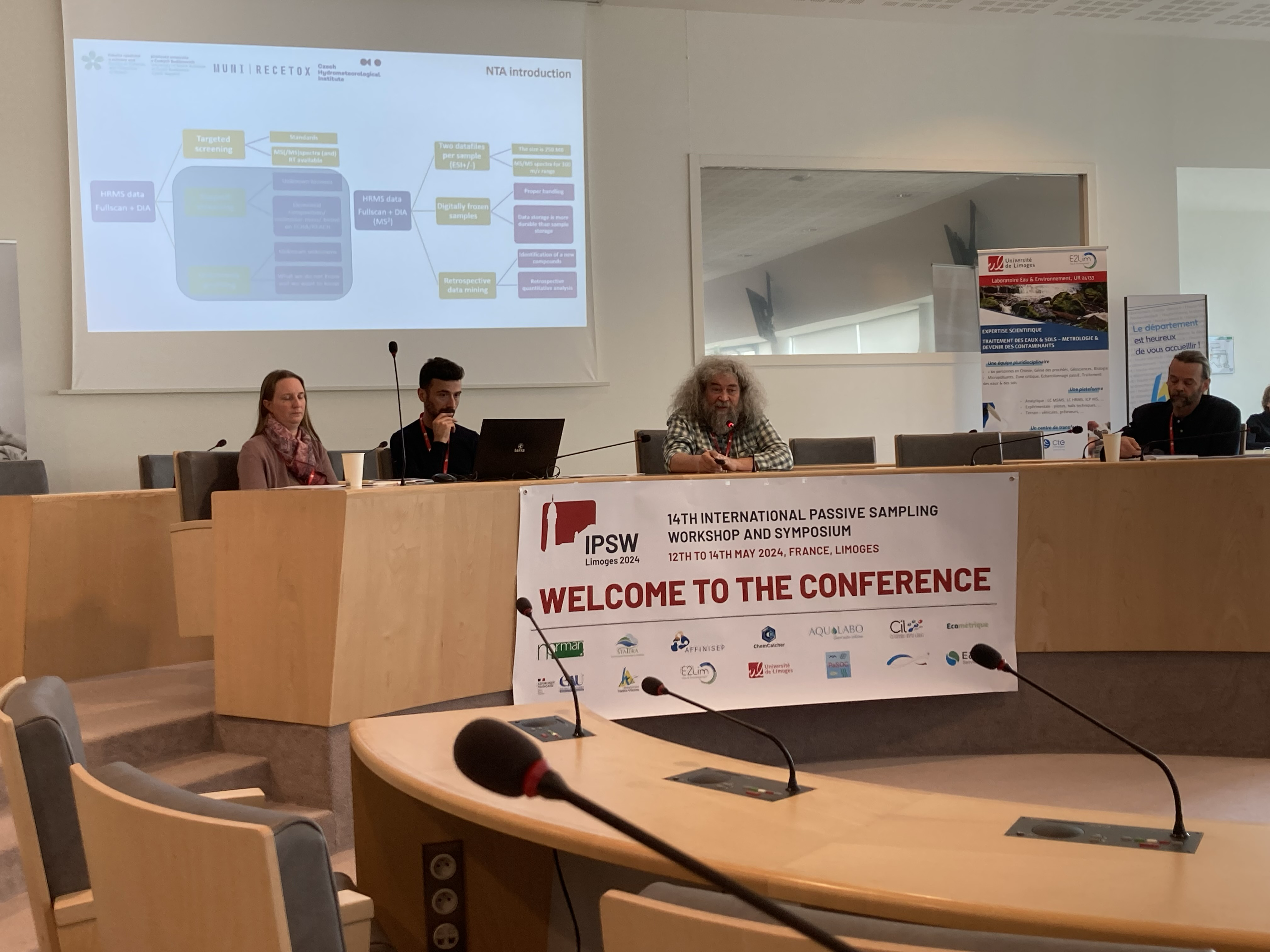
- Foto:
From May 12 to 14, the IPSW 2024 (14th International Passive Sampling Symphosium and Workshop) took place in Limoges, France. It was attended by members of the Laboratory of Environmental Chemistry and Biochemistry, Pavla Fialová and Roman Grabic, who presented three lectures. The aim of the conference was to bring together scientists to share their knowledge about the use of passive sampling approaches in wide application range from fundamental research to regulatory monitoring.
Erasmus Training at the Fisheries Advisory Service of the Lower Bavaria District
From October 20th to 24th, my visit to Lower Bavaria—funded through an Erasmus+ training mobility—was an exceptionally enriching experience on both a professional and personal level. The combination of hands-on insights into river restoration and species conservation projects, along with close cooperation with the regional Fisheries Advisory Service, and the quiet, grounding moments in the Bavarian Forest/Šumava, reminded me of the power of genuine exchange between science and practice. The lively discussions, the truly bilateral knowledge transfer, and the opportunity to share my own research deepened my understanding of current challenges in fisheries and aquaculture, while highlighting how much stronger solutions become when different areas of expertise come together. This stay has motivated and encouraged me to continue building such collaborations—because it is exactly at this intersection of research, practical management, and environmental stewardship that meaningful progress for sustainable aquaculture and ecosystem protection is made.
From the 21st to 26th of August 2024, Linan Gao, Joao Ferreira, and Mohammad Riaz Morshed visited Leibniz University in Hannover, Germany, to take part in summer school in cryobiology arranged by IMP (Institute of Multiphase Processes), under the Cryostore Project funded by the European Union. The summer school focused on cryobiology and its different applications for the future conservation of livestock biodiversity. It included lectures and hands-on workshops on different topics, such as cryobiology, cryodamage, communication science, cryo-microscopy, and cryopreservation techniques. Renowned professors and researchers from different countries lectured on current cryobiology and its application. We got the opportunity to see the latest cryobiology technology. The GAJU and Cryostore Projects are acknowledged for financially supporting the business trips.
Institution: Hellenic Centre for Marine Research (HCMR), Crete, Greece
Duration: 4th May – 3rd June 2025
Supervisor: Prof. Pantelis Katharios
Funding: AQUAEXCEL TNA Grant (PID35187)
From 4th May to 3rd June 2025, I undertook a research internship at the Hellenic Centre for Marine Research (HCMR), Crete, Greece, under the supervision of Prof. Pantelis Katharios. The internship was funded by the AQUAEXCEL TNA grant (PID35187).
The primary objectives were to evaluate the antibacterial properties of fish-pond microbiota against a broad range of fish pathogens and to investigate their genomic characteristics. During the internship, seven fish-pond bacterial isolates were tested for their inhibitory effects against 15 fish pathogens belonging to the genera Aeromonas, Vibrio, and Edwardsiella.Subsequently, the whole genomes of the isolates were sequenced, annotated, and characterized.
This experience significantly enhanced my expertise in antibacterial assays, bacterial whole-genome analysis, and bioinformatics, as well as strengthened my interpersonal and collaborative skills. I am sincerely grateful to the AQUAEXCEL TNA program for supporting this valuable training and research opportunity.
For the third year, the field trip with students was organised to visit sites with a strikingly high diversity of non-native species in Hungary, especially at the thermal water localities. We started our excursion visiting the biological station on the shore of Lake Neusidler in the town of Illmitz (Austria), where Gilbert Hafner gave us an engaging presentation of the history of the Lake and we were informed that the invasive marbled crayfish was found in the lake last year. Near the biological station we discovered the local phenomenon of salt marshes, once again hosting a high diversity of wetland and water birds, as well as specific invertebrate fauna.
We had the opportunity to explore the outflows of Lake Héviz, the largest thermal lake in Europe, the Városliget park in the Budapest centre, a thermal tributary of the Barát brook, sites rich for non-native organisms, but also Kis-Balaton artificial wetland constructed to protect Lake Balaton from high nutrient load. At these locations, students could practically try catching crayfish, fish and macrozoobenthos and thus practically see a very rich community of cichlids, a syntopic population of spiny cheek crayfish (Faxonius limosus) and red swamp crayfish (Procambarus clarkii), marbled crayfish (P. virginalis) and red cherry shrimp (Neocaridina davidi), very popular with aquarists, and many other non-native species including young false map turtle (Graptemys pseudogeographica).
As a new part of the excursion, we visited the Asian market, literally being at the source of many non-native species that have spread in the thermal waters of Hungary. We saw Chinese mitten crab (Eriocheir sinensis), blue crabs (Callinectes sapidus), but also lobster (Homarus gammarus). We bought blue crabs and Chinese mitten crabs as a reward after a long day of (cray)fishing when the students enjoyed catching and cooking crayfish.
We again visited the Limnological Station on the shores of Lake Balaton in the town of Tihány. Here, Péter Takács, Blanka Gál and Bálint Preiszner presented what they do at the station and took us to a unique system of tanks for mesocosm experiments on the shore of the lake. During the field trip, we were accompanied by our Hungarian colleagues András Weiperth and Árpád Ferincz, many thanks guys!
Between 7 and 10 July 2025, Antonín Kouba, Martin Bláha, and Anna Koubová conducted astacological monitoring at sites around Hungary’s Lake Velence and Lake Balaton. The aim was to determine the distribution of the highly invasive red swamp crayfish, which has newly appeared at several sites. Collected specimens will undergo further analysis to determine the genetic origin of these populations and the potential presence of the crayfish plague pathogen.
For the second year, the field trip with students was organised to visit sites with a strikingly high diversity of non-native species in Hungary, especially in the thermal water localities. We started our excursion visiting the biological station on the shore of Lake Neusidler in the town of Illmitz (Austria), where Gilbert Hafner gave us an engaging presentation of the history of the Lake and, on a short walk around the biological station showed the local phenomenon of salt marshes, once again hosting a high diversity of wetland and water birds, as well as specific invertebrate fauna.
We had the opportunity to explore the outflows of Lake Héviz, the largest thermal lake in Europe, the Városliget park in the Budapest centre, a thermal tributary of the Barát brook, sites rich for non-native organisms, but also Kis-Balaton artificial wetland constructed to protect Lake Balaton from high nutrient loads. At these locations, students could practically try catching crayfish, fish and macrozoobenthos and thus practically see a very rich community of African and South American cichlids, a syntopic population of spiny cheek crayfish (Faxonius limosus) and red swamp crayfish (Procambarus clarkii), marbled crayfish (P. virginalis) and red cherry shrimp (Neocaridina davidi), very popular with aquarists, and many other non-native species including young false map turtle (Graptemys pseudogeographica), but also critically endangered European pond turtle (Emys orbicularis).
As a new part of the excursion, we visited the Asian market, literally a source of many non-native species. Indeed, besides "traditional releases" of aquarium species to the wild, we are also newly encountering organisms originally intended for human consumption – especially crabs. In order not to leave empty-handed, we purchased North American blue crabs (Callinectes sapidus) imported from Greece, where they are an invasive species, for tasting purposes. Recently, there have also been recordings of their presence in the Danube in Budapest. The blue crabs were a reward after a long day of (cray)fishing when the students enjoyed their cooking and tasting. Another newly visited site was the Limnological Station on the shores of Lake Balaton in the town of Tihány. Here, Péter Takács, Blanka Gál, and Bálint Preiszner presented their activities and took us to a unique system of tanks for mesocosm experiments on the shore of the lake. During the field trip, we were accompanied by our Hungarian colleagues. Special thanks go especially to András Weiperth and Árpád Ferincz.
Author of text and photos: Martin Bláha
Roman Franěk spent his postdoc from August 2022 to July 2024 at the Hebrew University of Jerusalem, Israel, in Dr. Harel's laboratory. The main focus of the fellowship was working with a new model species - the extremely short-lived turquoise killifish - and studying its unique embryogenesis, which has adapted to an extremely short life cycle in harsh conditions. During the fellowship, I mastered techniques in transgenesis and genome editing. I also joined studies by colleagues in the laboratory, which were published in the Nature Aging and eLife. The fellowship was made possible through the GAČR project Franěk 22-01781O and supported by FFPW USB.







